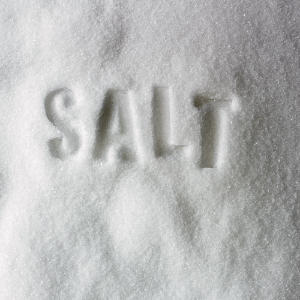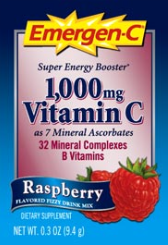 Unlike white sugar, salt has got a bad rap as being a poison of the same ranks as sugar. Although salt is not usually considered a health food item, it is however a necessity to life whereas sugar –in its processed white powder form consumed on an average of ~32kg/year per capita- can be considered a ‘poison’(1).
Unlike white sugar, salt has got a bad rap as being a poison of the same ranks as sugar. Although salt is not usually considered a health food item, it is however a necessity to life whereas sugar –in its processed white powder form consumed on an average of ~32kg/year per capita- can be considered a ‘poison’(1).
Why is salt a necessity to life?
Table salt is simply sodium chloride made up of the two minerals Sodium and Chlorine. These two minerals act to maintain the ionic balance across cells bringing about every single signal transduction in your body. These two minerals (among others such as Potassium) are responsible for the electrical potential across your cells allowing signals to be sent back and forth. Without these minerals the signal currently getting sent from your brain allowing your eyes to move across the screen enabling you to read these words and the signals that are sent back from your eyes to your brain for ‘translation’ would not take place. Forget reading, the basic task of your lungs expanding for breathing requires electrical potential across your nerve and muscle cells!
I’m sure we’re all familiar with the term electrolytes which contribute to the above description of electric potential and nerve signalling and muscular contraction. Sodium and Chlorine along with Potassium, Calcium and Magnesium are known as electrolytes. A proper balance of these minerals is essential for muscle coordination, heart function, fluid absorption and excretion, nerve function, concentration, acid-base balance and much more. Necessary for life and easy depleted through heavy sweating and simply with every trip to the bathroom!
Electrolyte loss (after a heavy workout, sauna treatment, chronic vomiting or diarrhea) however, can be easily replaced through natural means (including salt intake) or through supplementation*! Salt consumed as seasoning on the other hand, can become poisonous depending on the health of the consumer. The consequence of consuming excess sodium is increased water retention and blood volume expansion which can lead to high blood pressure and cardiac problems especially in individuals with conditions affecting the function of the kidneys or those with a genetic predisposition (read below).
The angiotensin-converting enzyme (ACE) gene is known to play a role in the response of blood pressure to dietary sodium intake. Research has shown that individuals with the AA or AG version of the ACE gene may be at greater risk of experiencing increased blood pressure when higher amounts of sodium are consumed. Individuals with the GG version of the gene do not appear to be at greater risk (2).
*Natural Electrolyte Replacement:
Coconut water: Coconut water is an excellent electrolyte resplacement! It has been found to cause less nausea and fullness with no stomach upset and was also easier to consume in a larger amount compared with commercial electrolyte replacement drinks (3). Interestingly coconut water is similar to plasma and was even given to soldiers in WWII intravenously when plasma supplies were low. Further studies have confirmed this treatment as effective in emergency situations (4).
Home-made Recipe: Proper electrolyte replacement drinks should include sodium, potassium, chloride, magnesium, and several other ions. “Salt substitute” is usually potassium chloride and can be used instead of orange juice (also a source of potassium).
4 cups water 1 cup orange juice or 1 tsp salt substitute 1 teaspoon table salt 1 teaspoon baking soda 2 teaspoons molasses containing natural sugars as well as a good source of potassium, calcium and iron (or 4 tablespoons sugar)Supplements: Great for post-workout recovery or electrolyte loss from excess sweating in the heat or after sauna treatment. Also a good source of Vitamin C, B-vitamins and high in calcium and magnesium and a number of essential amino acids.
Yours in Health,
Dr. Negin Misaghi, ND
Naturopathic Doctor and Acupuncturist in London, Ontario
References:
1. Canadian Sugar Institute: Sugar Consumption (Disappearance). http://www.sugar.ca/english/canadiansugarindustry/industrystatistics.cfm
2. Poch et al. (2001) Molecular basis of salt sensitivity in human hypertension. Evaluation of renin-angiotensin-aldosterone system gene polymorphisms. Hypertension. 38:1204-9.
3. Saat, M. et al. (2002) Rehydration after exercise with fresh young coconut water, carbohydrate-electrolyte beverage and plain water. J Physiol Anthropol Appl Human Sci. Mar;21(2):93-104.
4. Campbell-Falck D et al. (2000) The intravenous use of coconut water. Am J Emerg Med. Jan;18(1):108-11.

Good to know… thanks a bunch for clearing this up!